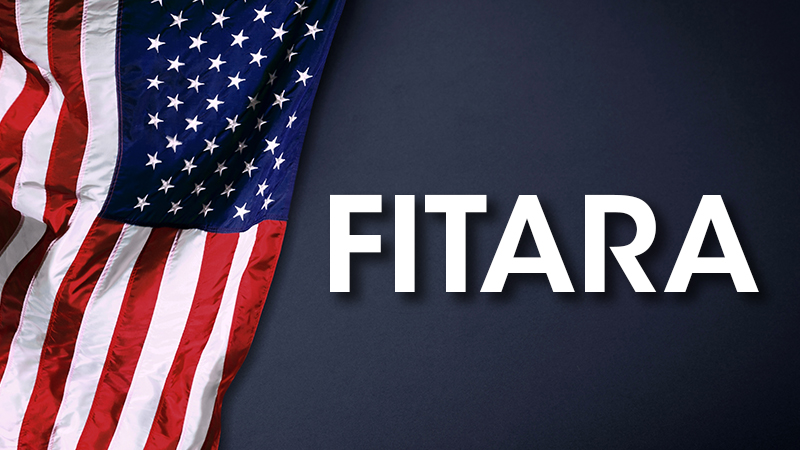
Private sector tech firms that help the Federal government improve tech and security capabilities are viewing last week’s FITARA Scorecard as a further call to action on the cybersecurity and IT modernization fronts.
The 15th version of the scorecard issued by the House Oversight and Reform Committee showed a modest upward trend in grades across several IT-related categories for the 24 largest Federal agencies.
In total, seven agencies saw their grades improve enough to lift scores to the next highest letter grade. The remaining 17 agencies received either the same – or close to the same – grade as they did on the previous scorecard, with fluctuations of less than one full letter grade, and remaining in the same letter grade category.
Once again, committee members expressed frustration with a lack of fresh data to use in compiling cybersecurity scores for agencies. For its part, the Office of Management and Budget last week unveiled a new progress report on agency cybersecurity that provides additional cybersecurity metrics to help fill that data gap.
“While the FITARA 15.0 Scorecard shows an uptick in both overall and cyber scores, federal agencies are still falling behind when it comes to improving their cyber posture,” Gary Barlet, Federal Field CTO at Illumio, told MeriTalk.
“While it is encouraging to see the cyber category criteria examined, federal agencies are maintaining the status quo – which means they are falling behind, especially as our adversaries become more advanced,” he said.
“Agency leaders must prioritize cyber progress and improvement – and look to build cyber resilience from the inside out. But those efforts need to be supported with resources (funding, staff skillsets, etc.) to make a real and lasting impact on bolstering cyber defenses,” Barlet recommended.
Mike Wiseman, vice president, Public Sector, at Pure Storage, said the latest FITARA scorecard “continues to highlight the importance of proper IT modernization planning and how agencies must migrate to modern, interoperable IT infrastructures.”
“As IT leaders make these shifts, they should seek technology solutions that best meet the needs of their agencies and stakeholders,” he said. “With many different solutions on the market, those that offer agility and flexible consumption models are most valuable – as they allow agencies to scale up or down without massive disruptions.”
“In addition, agencies can partner with private-sector corporations to modernize their IT infrastructures,” Wiseman said. “Working collaboratively, the government can make strides in adopting modern practices.”
“By creating an individualized path to modernization, agency IT leaders can better deliver services to citizens in more specialized ways and continue to grow in their service capabilities,” the Pure Storage official said. “Governments should not treat IT strategies as static plans. Instead, agency IT leaders should revisit their strategies on an ongoing basis as they move towards modernization.”
